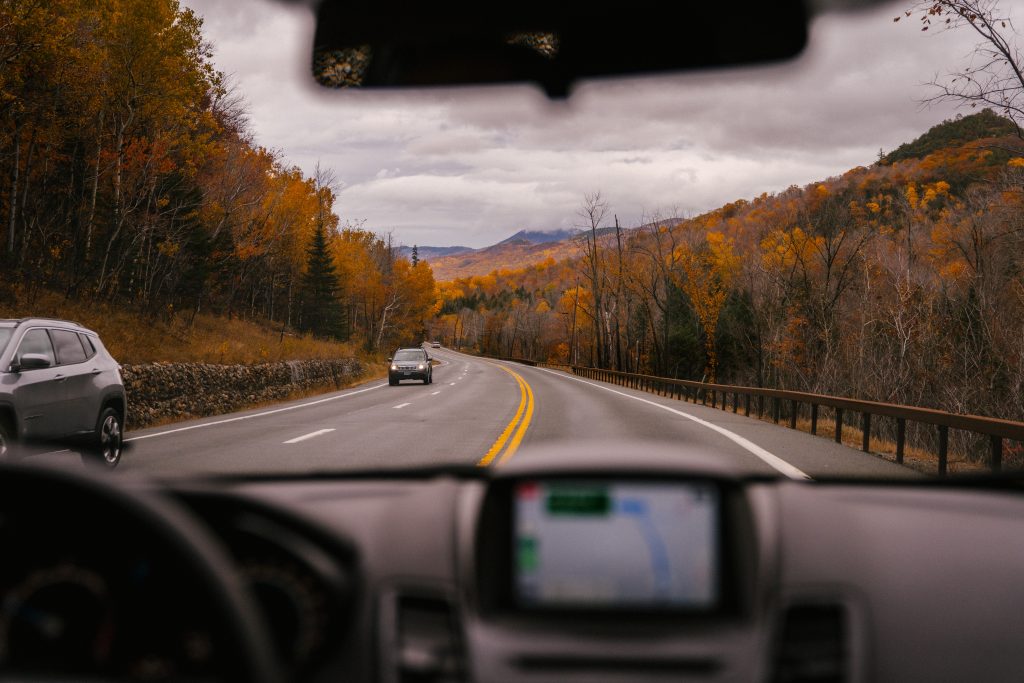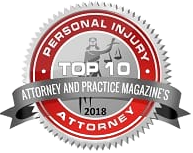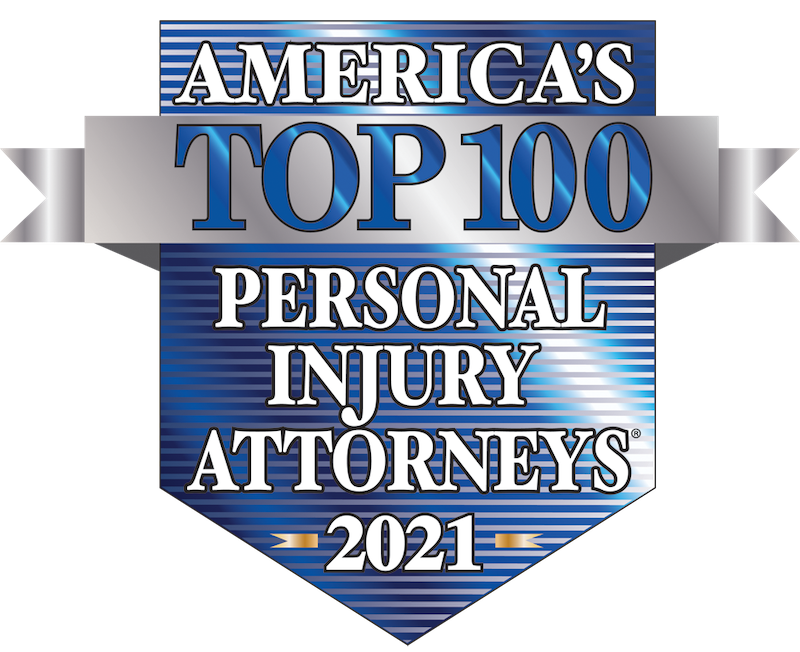If you live in Ohio, then you know the Buckeye State has some of the most picturesque scenery to admire in the fall. Nothing is more fabulous than the beautiful foliage in the Cleveland Metroparks, Cuyahoga County Valley National Park, Hocking Hills, Mill’s Creek, and Ohio’s Amish Country. It’s always best to plan your fall scenic road trips around crisp weather when the skies are clear enough for the sun to illuminate the vibrant hues of red, orange, and yellow across the sweeping landscapes.
While most people look forward to the beauty of autumn, the season also brings its own set of driving hazards. To stay safe on the road during this changing season, you’ll want to pay special attention to these fall driving tips:
1. Slow down on roads covered with leaves.
No one can deny how pretty fall leaves are on the trees, but they can become slippery once they accumulate on the road and get wet. Car tire treads have trouble gripping the road on uneven and even damp surfaces, and the distance required to stop on wet leaves can more than double. To avoid danger, reduce your speed and maintain a healthy distance between you and the driver in front of you.
2. Be cautious of leaf piles on the side of the road. Children love jumping, playing, and even hiding in piles of leaves. Because of this, leaf piles on the side of the road and near driveways are an inconspicuous safety threat. Fatal accidents have occurred because motorists have either intentionally or mistakenly driven their vehicles through these familiar sights. Keep your vehicle away from the edges of leaf piles and avoid any temptation to plow through them for fun.
3. Look out for school buses and kids.
Autumn also means school is back in full swing, so kids will be standing and playing at bus stops, running past driveways, and crossing roads. Always look before you back out of your garage or driveway for children about to cross your path. Watch for yellow flashing lights on a school bus, which indicate that a bus is preparing to stop. When you see red flashing lights and the extended stop sign, stop your vehicle and stay safely back until the stop sign folds back and the bus begins moving again.
4. Be mindful of darkness. When Daylight Savings Time Ends in early November, we are all forced to adjust to more extended periods of evening darkness. Darkness compromises people’s vision for many reasons, affecting their color and depth perception. The glare of oncoming headlights can cause temporary situational blindness. Drivers over the age of 50 are also more susceptible to night blindness, which can be a symptom of cataracts or other degenerative eye diseases. To combat darkness-related driving issues, the National Safety Commission recommends:
- Slowing down to compensate for limited visibility
- Aiming your headlights correctly
- Looking away from oncoming lights
- Dimming your dashboard
- Wearing anti-reflective eyeglasses
- Keeping your windshield clean
5. Adjust your driving in fog.
Cold fall mornings often produce fog which limits driving visibility and perception of distance. Always use your regular headlights but never your high-beam (bright) headlights. High beams reflect light off the fog and back into your eyes, making it worse for you and other drivers. Slow down and increase your following distance from other cars. To maximize control of your vehicle, turn off cruise control and use the right edge of the road as a lane guide.
6. Use caution in cold weather conditions.
Fall begins in September and ends in December, so frost, snow, and ice will form on the roadway as temperatures drop. Remember to accelerate and decelerate slowly when hazardous conditions exist to avoid skidding and collisions. Increase your following distance and avoid quick steering wheel maneuvers. It’s always a good idea to make sure your tires are properly inflated with plenty of tread before winter arrives.
7. Beware of the glare.
During the months of fall, the sun is low on the horizon. The angle of direct sunlight creates an intense glare across the windshield that can cause temporary blindness and make it difficult to see what’s ahead of you. The problem is worse during sunrise and sunset hours when many of us are commuting to and from work. Use your sun visor to block out the harshest rays of the sun. Wear polarized sunglasses to reduce glare and eye strain. Slow down and leave more room for other drivers, creating a greater gap to react. When driving for long periods in sun glare, turn on your headlights to make you more visible to other drivers.
8. Watch out for deer.
According to the Ohio Department of Natural Resources (ODNR), deer become more active in the fall because it’s their mating season. Drivers need to be more cautious of deer darting into the roadway during this time of year, especially in the dawn and dusk hours. Sometimes hitting a dear is unavoidable and a better alternative than swerving into oncoming traffic. If you do strike a deer, it’s advisable to turn on your hazard lights, move your vehicle to the side of the road, and call the police. Never approach an injured deer outside of your vehicle, as the animal may become aggressive.
9. Be extra vigilant for trick-or-treaters.
Halloween is a favorite holiday among children, but it is also one of the worst days of the year for car accidents and pedestrian deaths. Areas that don’t usually see much foot traffic can be flooded with kids walking down sidewalks and running into streets. Know when trick-or-treating hours begin and end in your community and make sure your headlights are on ahead of time. Drive slowly in neighborhoods and on residential streets. Enter and exists driveways carefully. Eliminate any distractions in your vehicle, like your phone, so that you can concentrate on your surroundings.
Many fall road injuries can be avoided with defensive driving. Joseph Law Group sees far too many families whose lives have been drastically altered due to motor vehicle accidents. Our experienced and compassionate personal injury lawyers are always here to answer any questions you may have about injuries that resulted from someone else’s negligence. Call us at (216) 912-7402. Our initial phone consultations are always free.

















